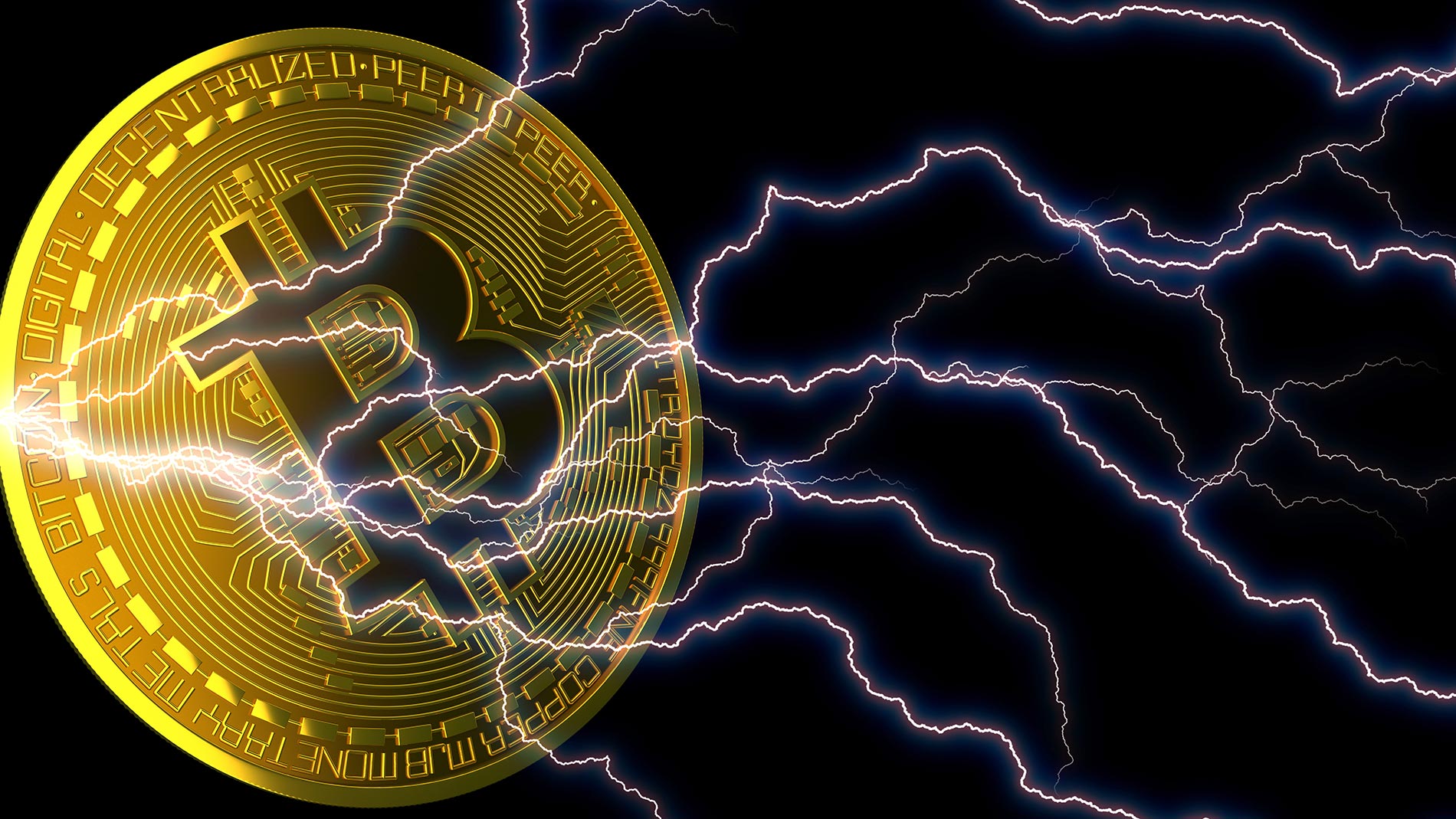

Nodes validate and broadcast transactions to the network. A more extensive explanation of these types of nodes can be found later in the article. However, master nodes don’t add new transactions or blocks to the blockchain like regular or miner nodes. They receive bigger block rewards because they employ higher resources to empower the network. Typical nodes that sustain the infrastructure of a blockchain are master nodes and miner nodes. They must guarantee that the data and the network are trustworthy. The main function of blockchain nodes is to ensure network transactions and blocks are legitimate and follow the protocol rules. They only have different protocols with different rules, but the functional aspect remains the same. Therefore, understanding Bitcoin nodes’ principles will help understand how most blockchains work. The backbone of blockchain networks is based on the Bitcoin structure, which was the first to lay the foundation for the technology. The more active and connected nodes to the Bitcoin network, the more robust and decentralized it becomes.

The data is even more alarming, considering over 200,000 Bitcoin nodes were running at the peak of the 2017 bull market. 2021 while recording a steep decline in 2022 to roughly 50,000.
On the other hand, popular Bitcoin Core developer Luke Dash Jr estimated about 83,000 Bitcoin Core nodes were active in Jan. Some sources only calculate that there are just over 13,000 Bitcoin nodes.

There are very contradicting figures between one source and another. How many Bitcoin nodes are there? It is difficult to assess the exact number of active Bitcoin nodes, as users can choose to connect privately in order not to reveal or count them.
#BITCOIN CORE NODE FULL#
The most popular client and software implementation of full nodes is Bitcoin Core its latest release can be found on the GitHub page.Ī node holds the complete history and chronology of the Bitcoin blockchain, which is like a ledger, and contributes to the security of the Bitcoin network through the consensus mechanism because nodes will reject any transaction that breaks consensus rules. These nodes continuously monitor the blockchain and its complete transaction history to prevent access to non-legitimate transactions that attempt to spend their Bitcoin twice fraudulently, also known as the double-spending issue.Īny computer downloading the Bitcoin software that will join the Bitcoin network is called a node. Nodes are pillars of the Bitcoin network. Anyone can become a Bitcoin node operator and participate in securing the network by simply downloading the Bitcoin Core software, thus making the blockchain transparent, immutable and decentralized. Learning what nodes do and how they work helps understand what occurs behind the settlement of a transaction. In the Bitcoin blockchain, traditional third-party payment systems are replaced by a distributed network of node operators and miners who validate transactions without censorship or permission. In traditional payment methods, transactions are validated by centralized parties like banks and payment processors who check that the spender has enough money available to perform that purchase. This process occurs without the intermediation of a third party, making blockchains trustless mechanisms. Bitcoin ( BTC) is a decentralized peer-to-peer network made of computers, or nodes, that run the Bitcoin software and accept a set of proof-of-work (PoW) consensus rules to validate and broadcast transactions on the blockchain.


 0 kommentar(er)
0 kommentar(er)
